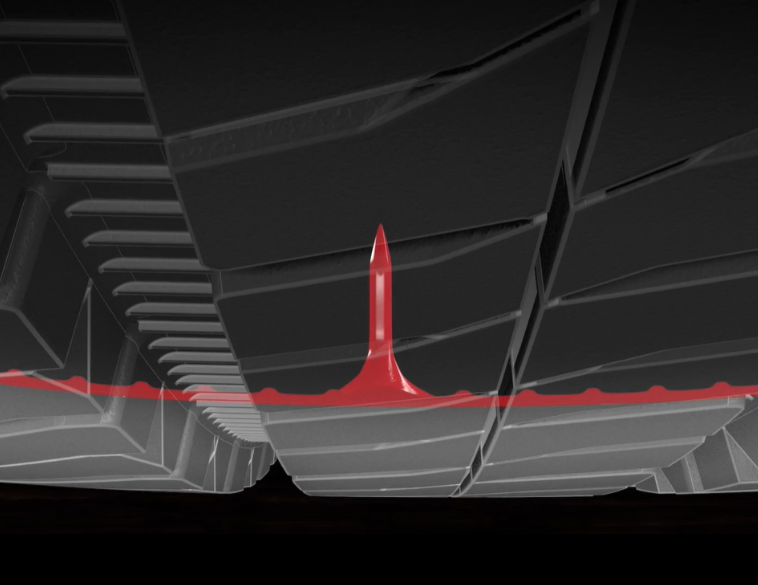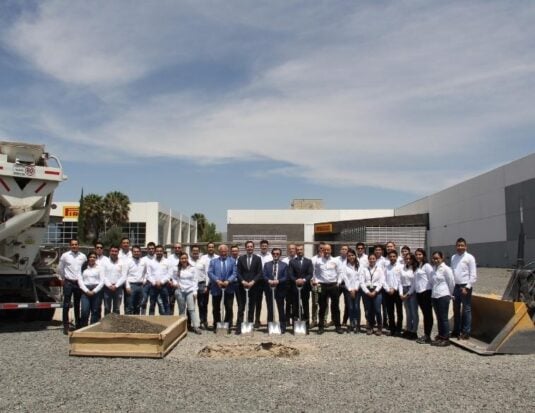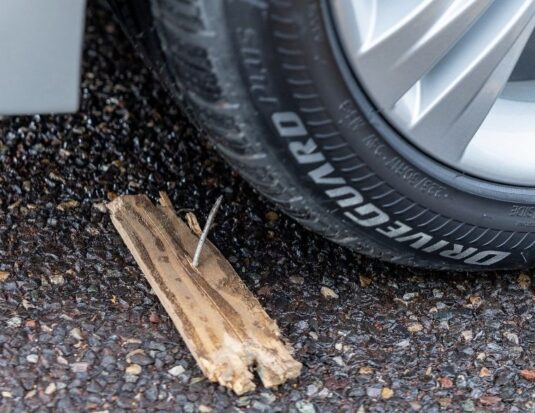Tire technology
The more you know about tires, the more you realize just how much tire technology and science go into the engineering and manufacturing of the modern tire. In an effort to bring our readers up-to-date on the latest tire technology, as well as future tire technology, Tire News reports on tire innovations in an effort to inform tire retailers so that they can in turn better educate their customers. Tire technology has come a long way in recent years, with experts recommending different types of tires for different seasons and driving conditions. Winter tires are designed to provide superior traction and grip on icy and snowy roads, while all-season tires offer a balance between performance and durability. Performance tires are designed to maximize handling and cornering capabilities, while other tire categories such as off-road or run-flat tires are designed for specific use cases. With the right tire technology, drivers can ensure their safety and performance on the road.
Runflat tires and airless tires
The advent of runflat tires has added a dimension of safety to the average passenger car owner that some drivers find appealing. Popular with some passenger vehicles, these airless tires for cars allow the driver to continue on their journey, albeit at a reduced maximum speed and for a limited distance, even when driving on what is technically a flat tire. In reality, this relatively new tire technology doesn’t allow the tire to actually go flat. Instead, even with zero tire pressure, run flat tire technology keeps the tire rolling, thanks to the stiff sidewalls. In fact, the tire performs so well that the driver may never know that one of his tires has lost all pressure. That’s why a TPMS sensor is a must when driving on runflat tires. The next step in the evolution of the tire may be genuine airless car tires that function normally without ever needing to be filled with air. We’re not at the point where this tire technology is the norm, but tire companies are certainly working on it. One of the best known is the Michelin Uptis tire (Unique Puncture Proof Tire System), which is being promoted as an airless mobility solution for passenger vehicles. General Motors has partnered with Michelin on the Uptis tire project, with the goal of getting these tires into real-world applications in the near future. Since no air is needed, these airless tires could also be called puncture proof tires. Rather than tire pressure, these anti puncture tires use a lattice or honeycomb structure to support the weight of the tire and the vehicle. Don’t rush down to your local tire retailer just yet to buy a set. Although we’re not there yet, we could see the day when Michelin airless tires, Goodyear airless tires, Bridgestone airless tires, and airless tires from other brands are sold for all makes and models of passenger vehicles. This would truly result in the marketing of a unique puncture proof tire system.
TPMS
Until that day comes, we will have to continue using tire pressure to provide us with the support and ride comfort we all expect and enjoy when driving the modern passenger car. And as long as air pressure is needed, we’ll also have to continue putting our trust in the humble TPMS sensor (Tire Pressure Monitoring System). Often sold as part of the valve stem assembly, the TPMS tire sensor monitors tire pressure for the driver, alerting them whenever the pressure drops too low. The always-on TMPS tire sensor does a better job of monitoring pressure than even the best digital tire pressure gauge, simply because it’s on duty 24/7.






